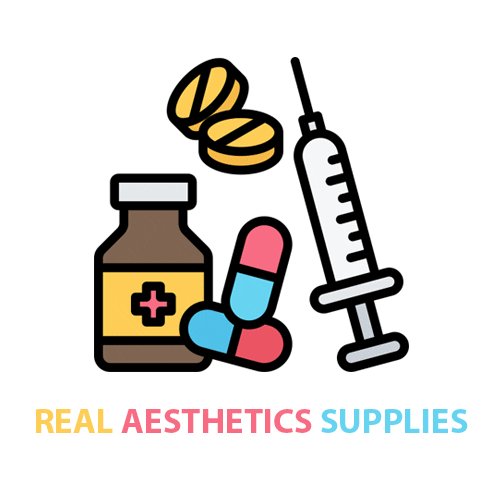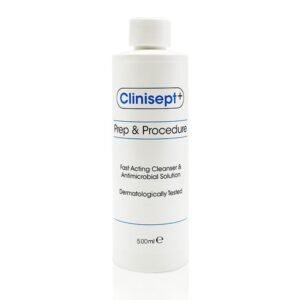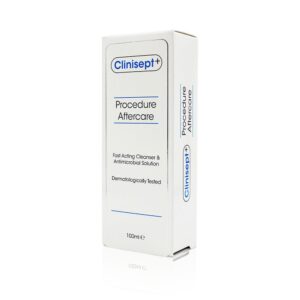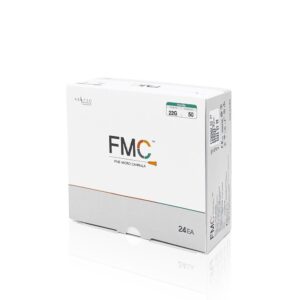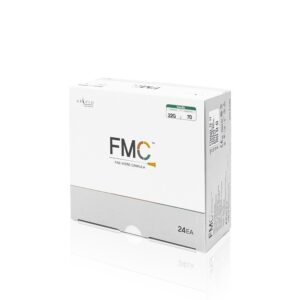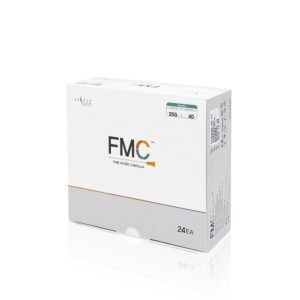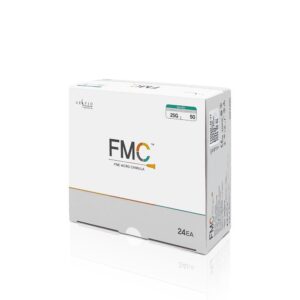Consumables & Anaesthetics
Introduction to Consumables and Anaesthetics
Consumables and anaesthetics play a crucial role in medical, aesthetic, and cosmetic procedures. These essential products ensure safety, effectiveness, and comfort for both the practitioner and the patient. Whether you are a seasoned professional or just starting, understanding these products’ intricacies can enhance your practice and deliver better patient outcomes.
At Real Aesthetics Supplies, we provide a range of high-quality consumables and anaesthetics designed to meet the diverse needs of healthcare and aesthetic professionals. In this guide, we will delve into what consumables and anaesthetics are, their importance in various procedures, potential side effects, and best practices for use.
What Are Consumables and Anaesthetics?
Understanding Consumables
Consumables refer to the single-use products used during medical and aesthetic procedures. These items are designed for one-time use to maintain hygiene and prevent cross-contamination. Examples include syringes, needles, gauze, gloves, and disinfectants. In the aesthetic industry, consumables also cover items like face masks, cotton swabs, and applicators.
What Are Anaesthetics?
Anaesthetics are substances used to induce a temporary loss of sensation or consciousness. In aesthetic procedures, local anaesthetics are commonly used to numb a specific area, reducing pain and discomfort for the patient. Common types of anaesthetics include topical creams, injections, and sprays.
The Difference Between Consumables and Anaesthetics
While consumables are tools and supplies used during procedures, anaesthetics are specifically used to manage pain and provide comfort. Both are critical for successful and safe procedures but serve distinct purposes.
Importance of Consumables and Anaesthetics in Aesthetic and Medical Procedures
Why Are Consumables Essential?
- Hygiene and Safety: Single-use consumables minimize the risk of infection and cross-contamination, ensuring a sterile environment for every procedure.
- Efficiency: Consumables streamline the preparation and execution of procedures, allowing practitioners to focus on delivering high-quality care.
- Versatility: With a wide range of consumables available, professionals can choose the most suitable products for their specific needs.
The Role of Anaesthetics in Patient Comfort
- Pain Management: Anaesthetics are crucial in reducing pain and discomfort during procedures, improving the overall patient experience.
- Procedure Precision: With effective anaesthesia, patients remain still and comfortable, allowing practitioners to perform procedures with greater accuracy.
- Patient Satisfaction: Minimizing pain and discomfort increases patient satisfaction, which can lead to repeat business and positive referrals.
Common Types of Anaesthetics
- Topical Anaesthetics: Creams or gels applied directly to the skin to numb the area. Commonly used in minor procedures like dermal filler injections or laser treatments.
- Local Anaesthetics: Injections that numb a specific area without affecting consciousness. Ideal for procedures like minor surgeries or dental work.
- General Anaesthetics: Administered to induce unconsciousness for more extensive surgeries. Not typically used in aesthetic procedures but crucial for major medical operations.
How to Choose the Right Consumables and Anaesthetics
Factors to Consider When Selecting Consumables
- Quality: Always opt for high-quality consumables from reputable suppliers to ensure safety and effectiveness.
- Compatibility: Ensure that the consumables you choose are compatible with the procedures and equipment you use.
- Regulatory Compliance: Select products that comply with industry standards and regulations to maintain a high standard of care.
Choosing the Right Anaesthetic for Your Practice
- Type of Procedure: The choice of anaesthetic depends on the procedure being performed. For minor, non-invasive procedures, topical anaesthetics may suffice. For more invasive treatments, local anaesthetics might be necessary.
- Patient Sensitivity: Consider the patient’s medical history and sensitivity to anaesthetics to prevent adverse reactions.
- Duration of Action: Different anaesthetics have varying durations of action. Choose one that matches the length of your procedure to ensure continuous pain relief.
Popular Consumables and Anaesthetics Available at Real Aesthetics Supplies
At Real Aesthetics Supplies, we offer a wide range of consumables and anaesthetics, including:
- Sterile Needles and Syringes: Ideal for administering injectables with precision and safety.
- Topical Numbing Creams: Effective for reducing pain in non-invasive aesthetic treatments.
- Disposable Gloves and Masks: Essential for maintaining hygiene and preventing contamination.
- Local Anaesthetic Injections: Used for procedures requiring deeper numbing effects.
Side Effects of Anaesthetics and How to Manage Them
Common Side Effects of Anaesthetics
While anaesthetics are generally safe when used correctly, they can cause side effects in some patients. Common side effects include:
- Redness or Swelling: Mild irritation at the injection site or area of application.
- Allergic Reactions: Some patients may experience allergic reactions, including rash, itching, or difficulty breathing.
- Nausea and Dizziness: Particularly with local or general anaesthetics, some patients may feel nauseous or dizzy.
How to Minimize Side Effects
- Patient Assessment: Conduct a thorough patient assessment before administering anaesthetics to identify any allergies or contraindications.
- Dosage Control: Administer the correct dosage based on the patient’s weight, age, and medical history to minimize the risk of side effects.
- Post-Procedure Care: Provide clear instructions for post-procedure care to manage any potential side effects effectively.
Best Practices for Using Consumables and Anaesthetics
Ensuring Proper Use of Consumables
- Storage: Store consumables in a clean, dry environment to prevent contamination.
- Handling: Use gloves and other protective gear when handling consumables to maintain sterility.
- Disposal: Dispose of single-use items properly after each procedure to prevent cross-contamination and ensure safety.
Administering Anaesthetics Safely
- Training: Ensure that all practitioners are properly trained in administering anaesthetics to avoid complications.
- Monitoring: Monitor patients closely after administering anaesthetics to detect and address any adverse reactions promptly.
- Communication: Clearly explain the anaesthetic process to patients, including what to expect and any potential side effects.
Incorporating Consumables and Anaesthetics into Your Practice
Step-by-Step Guide to Using Consumables and Anaesthetics
- Preparation: Gather all necessary consumables and anaesthetics before beginning the procedure. Check expiration dates and integrity of packaging.
- Patient Consultation: Discuss the procedure with the patient, including the type of anaesthetic to be used and any potential risks.
- Sterilization: Ensure all equipment and surfaces are sterilized to maintain a sterile environment.
- Administration: Administer the anaesthetic according to the recommended guidelines and monitor the patient’s response.
- Procedure: Perform the procedure once the anaesthetic has taken effect, ensuring the patient is comfortable throughout.
- Aftercare: Provide post-procedure care instructions, including how to manage any potential side effects.
Building Trust with Your Patients
- Transparency: Be transparent with your patients about the types of consumables and anaesthetics you use and why you’ve chosen them.
- Education: Educate your patients on the importance of using high-quality products to ensure the best outcomes.
- Follow-Up: Schedule follow-up appointments to monitor recovery and address any concerns.
FAQs About Consumables and Anaesthetics
1. What are consumables in the medical and aesthetic industry?
- Answer: Consumables are single-use items such as syringes, needles, gloves, and masks used during medical and aesthetic procedures to maintain hygiene and safety.
2. Why are anaesthetics important in aesthetic procedures?
- Answer: Anaesthetics reduce pain and discomfort, allowing practitioners to perform procedures more effectively and improving patient satisfaction.
3. How do I choose the right anaesthetic for my practice?
- Answer: Choose an anaesthetic based on the procedure type, patient sensitivity, and duration of action. Always conduct a patient assessment to ensure suitability.
4. What are the side effects of using anaesthetics?
- Answer: Common side effects include redness, swelling, allergic reactions, nausea, and dizziness. Proper patient assessment and dosage control can help minimize these risks.
5. How can I ensure the proper use of consumables in my practice?
- Answer: Store consumables properly, handle them with care, and dispose of single-use items correctly to maintain hygiene and prevent contamination.
Conclusion: Elevate Your Practice with High-Quality Consumables and Anaesthetics
Understanding and effectively utilizing consumables and anaesthetics is essential for any healthcare or aesthetic professional. At Real Aesthetics Supplies, we are committed to providing high-quality products that ensure safety, effectiveness, and patient satisfaction. By choosing the right products and following best practices, you can enhance your practice and deliver exceptional care.
Explore our wide range of consumables and anaesthetics today and take your practice to the next level!
#Consumables #Anaesthetics #AestheticSupplies #MedicalSafety #PatientCare #ProcedureEfficiency #Hygiene #PainManagement #QualityProducts #RealAestheticsSupplies
Showing 1–9 of 24 results
-
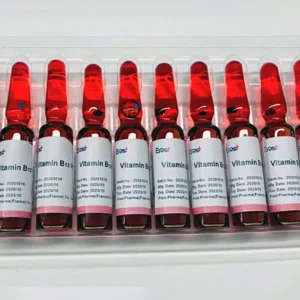
Buy B12 for Injection 10-Pack x 2ml Ampoules
£50.00 Add to basket Quick View -

Buy EMLA Cream (1x5g)
£4.20 Add to basket Quick View -

Buy Vitamin B12 Injections
£20.00 Add to basket Quick View -

Clinisept Prep & Procedure 500ml
£10.50 Add to basket Quick View -

Clinisept+ Aftercare 100ml
£8.00 Add to basket Quick View -

FMC Cannula 22G 50mm (Box of 24)
£55.50 Add to basket Quick View -

FMC Cannula 22G 70mm (Box of 24)
£55.50 Add to basket Quick View -

FMC Cannula 25G 40mm (Box of 24)
£55.50 Add to basket Quick View -

FMC Cannula 25G 50mm (Box of 24)
£55.50 Add to basket Quick View
